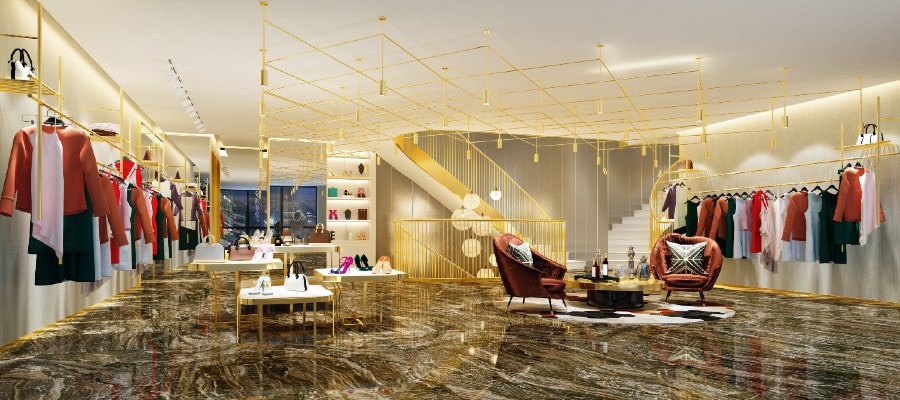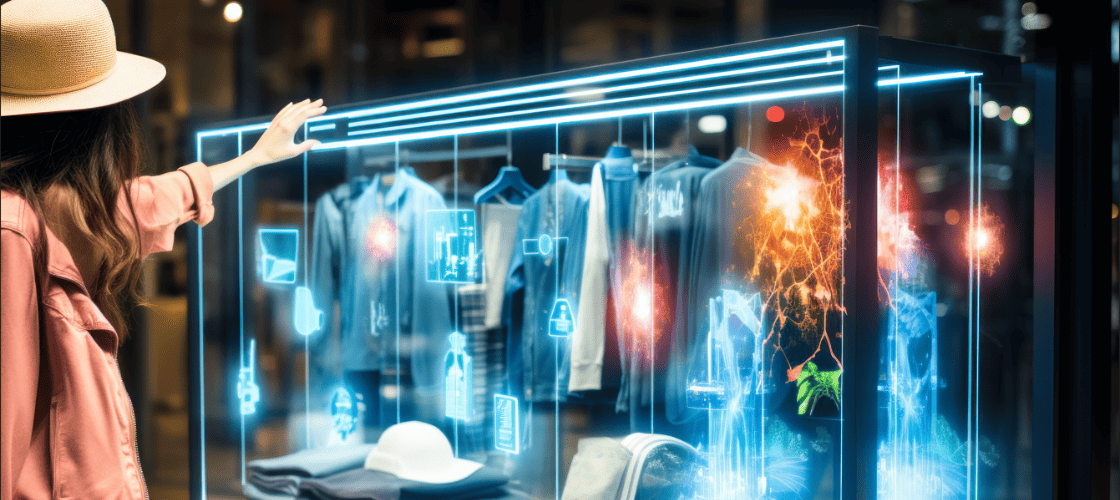Retail & Distribution
The Luxury Market Goes Digital While Still Retaining its Core Values
2 August 2017
Luxury brands were slow to take the plunge into digital marketing. But in the digital era, can luxury brands ignore the call of the Web?
Today, the mood has probably changed. 63% of luxury brands now believe that digital marketing is the most important form of marketing in 2015*. It’s impossible to ignore the opportunities offered by web marketing and social media. Depending on customer requirements, it’s essential for luxury brands to create a wider digital offering than that found in a store, maintaining the same level of quality and consideration that upholds the brand. Here we take a look at some of the luxury brands that have successfully made the switchover.
The values that a luxury brand installs are its greatest asset online. For instance, “The Sound of Silver Hermes” digital campaign, to mark the success of Hermes, stresses its commitment to innovation and luxury know-how. The company unveils its products through a stylish and high quality video. The campaign, which plays on refinement and the personal touch, has been very well received. Designed simply as a pleasant, artistic work to watch, the campaign fits perfectly with the brand’s image.
Exclusive to the digital age
If only the corridors of Oscar de La Renta were open to us all. Luxury brands like to offer an air of exclusivity to their products and services. So they can use digital marketing to offer personalized, one-off items and private sales on a portion of their website for subscribers only. It’s a great way to generate online sales through existing customers, whose loyalty is rewarded with exclusive offers.
The personal touch makes all the difference
The bag “Le Pliage” was among the top three most sought-after bags in the world according to Handbag World Report. Longchamp offers customers the ability to customize their bag online, choosing the color of the lining, the handles, or even the possibility of stamping their initials on the bag. This proves a fast and flexible means for customers to make a bespoke purchase.
Bringing together the physical and the digital
It’s now possible to visit the Gucci flagship store in Milan without leaving the comfort of your armchair. Thanks to “Business View” offered by Google, the brand marries the online experience with its physical stores. Customers can take a look inside the store, making the Gucci brand much more accessible to the uninitiated. Gucci can now offer its catalogue of products to a wider audience and still retain the opulence of its Milan store, all be it from behind a screen.
Social networks to stay in touch
“The hand of the craftsman,” the new campaign by Bottega Veneta, shows the considerable time spent meticulously making its luxury accessories. Unveiling the “secrets” behind the creation of its products forges closer ties with its customers and often turns them into brand ambassadors. Many luxury houses are reluctant to open up, for fear of tarnishing their reputation; but Bottega Veneta has managed to strengthen its brand image by playing on its expertise and superior quality.
The future of luxury in digital
Luxury is a sector that has always thrived on a tradition of historical values and image. So where does digital fit in? For many, the future lies in the creation of a complete and consistent shopping experience across all channels. The channel is irrelevant: it’s all about creating a global vision of the brand. Retailers therefore need to be aware of the values that customers attribute to the brand and ensure that these are upheld by their marketing strategies, both in-store and online (read story).
* A report by Luxury Interactive / ShopIgniter


